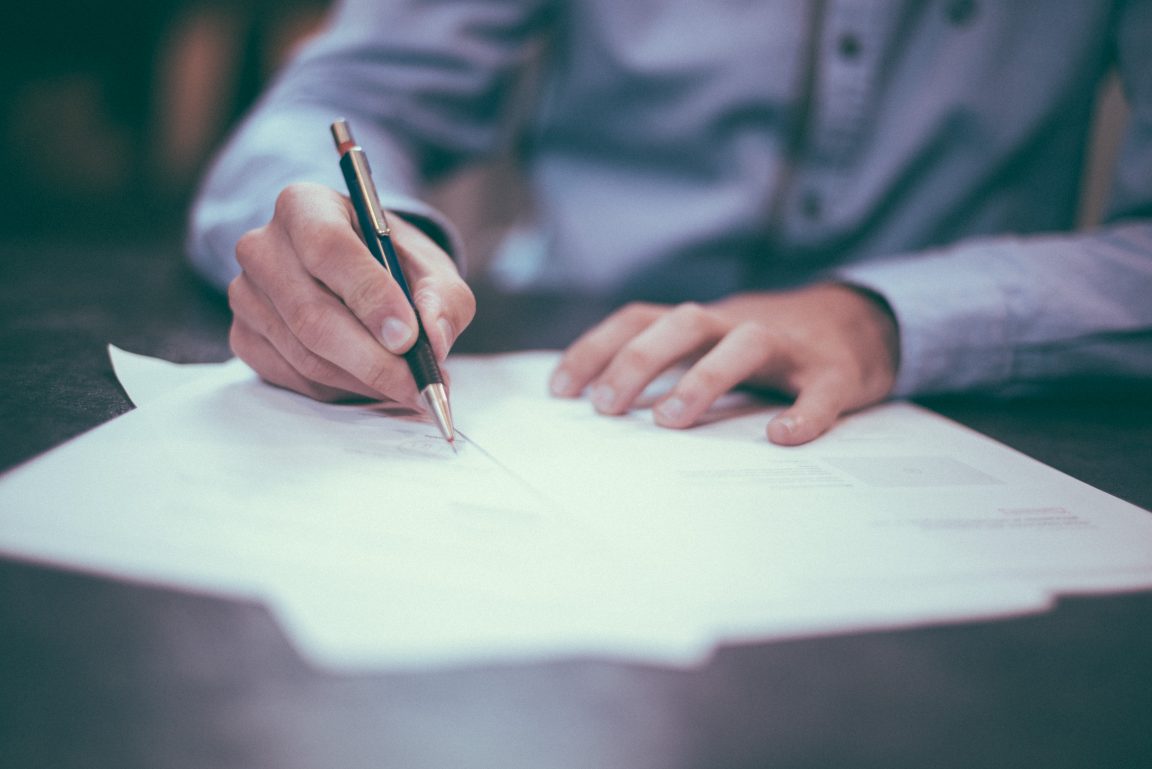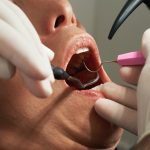Being in an accident, having your car vandalized or stolen can be an incredibly frustrating and upsetting time. Fortunately, the law offers some help in this type of situation to protect your rights.
If you are in the truck driving industry or any other vehicle industry or company, you need to know all about your legal rights after an accident. So that you’ll know what measures to take to get back on the road as soon as possible.
Step 1: Exchange Insurance and Vehicle Information
Before you leave the scene of an accident, both you and the other driver should exchange a few pieces of information. This will be useful in the following steps. You will need to have your insurance company name, carrier number, policy number, and telephone number. As well as, the agent’s name if available for reference. It is also helpful if you have the license plate numbers from each car and their registration numbers. Or state identification cards available to record them. In addition to this information, you should know what type of coverage you have on your vehicle insurance policy. Like, do you have collision or comprehensive? If it’s comprehensive only, then you shouldn’t have any repairs made to your vehicle without informing them beforehand.
Step 2: Notify Your Insurance Company
Once you have all the necessary information, it’s time to notify your insurance company. It can be done in a few ways – phone, email, or even online. Whichever way you choose, make sure to have your policy number and accident dates handy.
Step 3: Gather Evidence
In any legal matter, evidence is key. To protect yourself and your legal rights following an accident, you’ll want to gather as much evidence as possible from the scene of the crash. It includes taking pictures of the damage to both vehicles and gathering witness statements if there are any available. Plus, making sure that all police reports are filed. If there was any damage to public property, make sure to take pictures of that as well.
Step 4: Document Your Injuries
If you are injured due to the accident, it is essential to document your injuries as soon as possible. It can be done with photographs and videos of your injuries, medical bills and records, and even loss of income documentation.
Step 5: Contact an Attorney
If the other driver was at fault in the accident, contacting an attorney is in your best interest. They will be able to help you file a claim against the other driver’s insurance company and will work to get you the compensation you deserve for your damages.
Step 6: Keep Track of Your Expenses
Keep a detailed record of all expenses related to the accident. It includes medical bills, loss of wages from missing work, and any other costs that have been incurred as a direct result of the crash.
Step 7: File a Claim
If you have followed all these steps and your claim is being denied, now it is time to file a claim against the other party’s insurance company. Not only will this help you get what you deserve for your damages. But it will also continue to show evidence of negligence on their part. And if they are still denying your claim after going through legal procedures, then it may be time to consider hiring a lawyer for further assistance.
If you’d like more information about steps in filing claims with personal injury, the Department of Motor Vehicles (DMV) provides a helpful guide.
Wrapping Up!
If you or someone you love has recently been involved in an accident, it can be an incredibly frustrating and upsetting time. Fortunately, the law offers some help in this type of situation. By understanding your legal rights after an accident, you’ll know what measures to take. So you can get back on the road as soon as possible. Documenting evidence, obtaining legal representation, and following all steps will put you in a better position for compensation.
Remember to take the necessary precautions to protect your legal rights after an accident. By taking the time to do these initial steps, you can ensure that any further proceedings will be as smooth as possible. If you have any questions or need more advice on next, don’t hesitate to contact an attorney.


